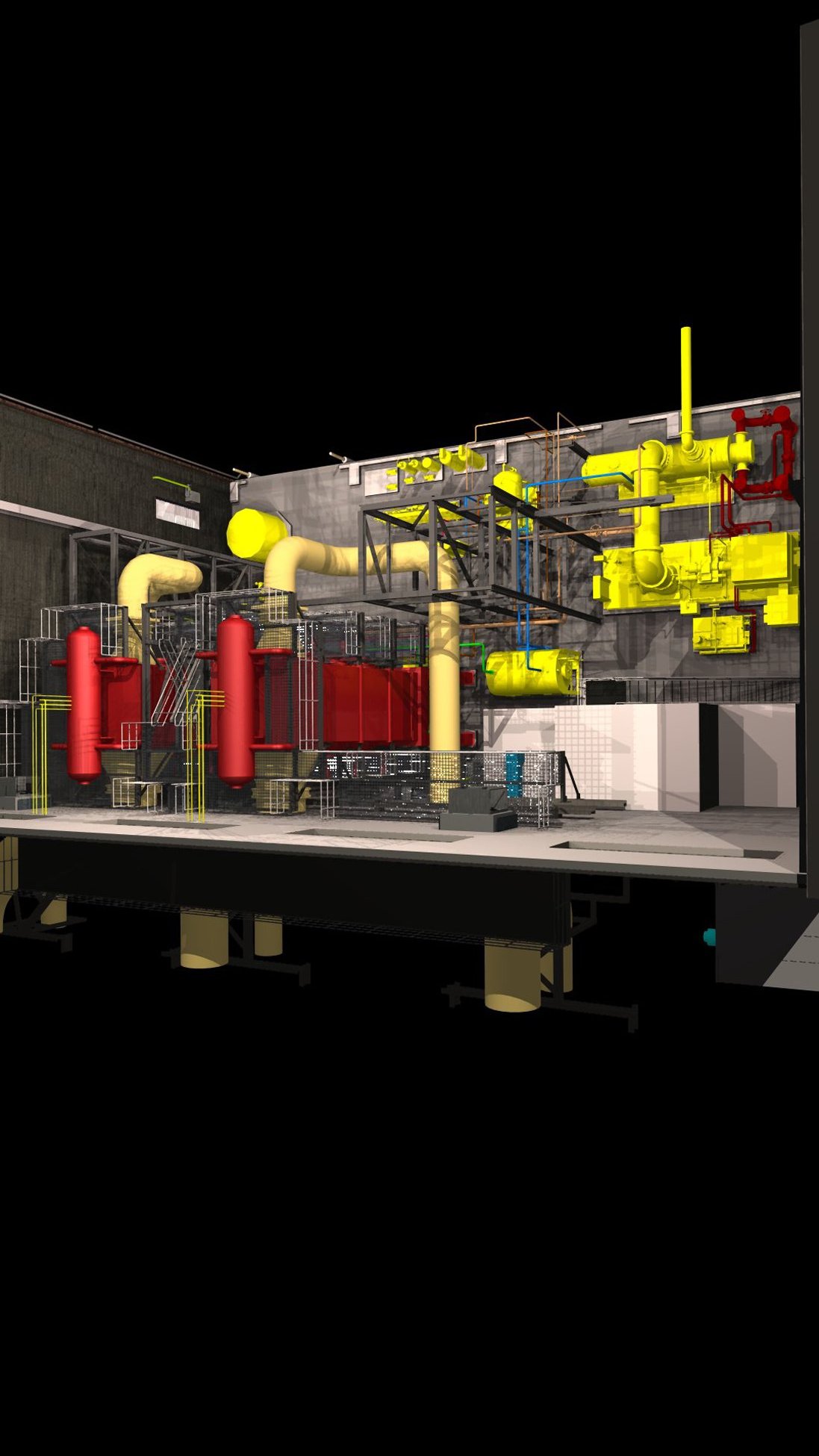Technology makes biosolids a renewable energy contender
Tuesday, 01 June, 2010
Two pathways to biosolids energy recovery
Wastewater biosolids have typically been considered a waste product and management has focused on disposal and volume minimisation. However, with rising energy costs and the focus on sustainability, lower carbon footprint and energy independence within utilities, there is increasing interest in recovering the energy inherently available in biosolids.
The Executive Managing Director of Technology Solutions for Black & Veatch, Cindy Wallis-Lage, told a recent media forum in Brisbane, “Technology is enabling the conversion of traditional wastewater plants into resource recovery plants via the recovery of nutrients like phosphorous and the recovery of energy from biosolids. The goal is to eventually reach energy-neutral treatment plants.”

Biosolids are the primary and waste-activated organic matter (solids) removed from wastewater. Biosolids are a significant source of energy: similar to the energy content of a low-grade coal. Two pathways can be used to convert the inherent energy of the biosolids into a usable form through anaerobic digestion that generates biogas or through thermal processing, also termed ‘combustion’ processes.
Biogas generation
The biogas generated through the digestion process can be used as a source of biogenic energy, for both process heating and for conversion to electricity. Europe has been a leader in implementing electric generation from biogas, with North American installations increasingly following suit. Within Australia, many of the major utilities have implemented various levels of energy recovery from their biogas with the most common being engine generators. Wallis-Lage noted that Black & Veatch, as part of the W2W Alliance, has recently upgraded the anaerobic digesters at the Beenyup Wastewater Treatment Plant for the Water Corporation in Perth, Western Australia. The Water Corporation is planning for the future installation of engine generators to increase renewable energy capacity.
Black & Veatch has also implemented various anaerobic digestion pre-treatment processes to increase solids degradation, and therefore methane generation, during the anaerobic digestion process. These processes provide the greatest benefit when treating waste activated sludge. Depending on the solids pre-treatment process implemented, biogas energy production could increase by 30-50%.
Thermal processing
While biogas generation is a common method for energy recovery, thermal conversion can be used to recover energy directly from the biosolids. Thermal conversion is an efficient method of dealing with biosolids as it allows the conversion to energy in conjunction with maximum mass reduction, producing an inert residue (ash).
Incineration, which has long been used for volume minimisation, produces excess heat that can be converted to electricity through the use of steam turbines. Gasification and pyrolysis, which are emerging as viable bioenergy technologies, produce energy using modified combustion processes.
Black & Veatch has recently developed a heat recovery project for the Hartford Water Pollution Control Facility (Connecticut, US) to recover heat (energy) from the existing sludge incinerators’ exhaust gas for the production of electricity. The electricity produced from the heat recovery system will be used to partially supply the demands of in-plant equipment used in treating wastewater.

Waste heat generated at the incinerators and currently being vented through stacks will be conveyed through ductwork to two new waste heat boilers. The waste heat boilers will recover the heat to produce steam for power generation at a new steam turbine-generator. The heat recovery facility could provide up to approximately 45% of the current plant demand. The power produced by the facility and used by in-plant equipment demand will offset the purchase of electricity. With a discounted payback period of approximately 18 years, the project provides, in addition to a positive net present worth, significant non-economic benefits such as ‘green’ energy production and reduced vulnerability to fluctuating energy costs.
Biosolids can also be used as a fuel source for power plants or industrial processes. Heat-dried biosolids can be used as fuel for cement kilns, replacing fossil fuels. Dried biosolids are suitable for co-burning at cyclone furnace or pulverised coal-burning plants, with few modifications to the power plants. Permit conditions are expected to be unaffected with low biosolids to fuel ratios.
A first line of defence in wastewater screening
Two Queensland councils have opted for Australian-manufactured screening technology to protect...
Beef processor selects wastewater pump solution for dual purpose
John Dee Warwick wanted to upgrade its wastewater pump system to handle the day-to-day flows...
Melbourne Water finds an energy-saving solution
Sewage and wastewater treatment is a highly energy-intensive process, presenting a challenge for...










